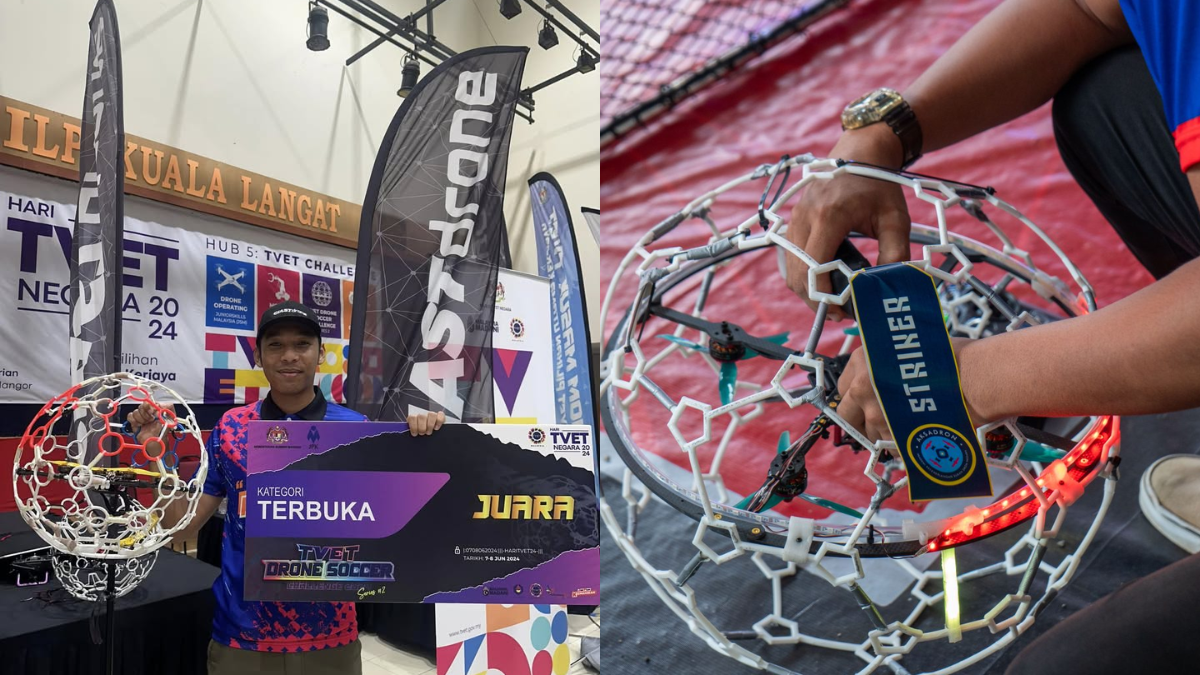Accessible business events—how to provide equal treatment for all people with disabilities
Organizers must conduct proper research to meet the requirements of the Americans with Disabilities Act.

According to the World Health Organization, 16% of the world’s population—one in six of us—experience a significant disability. And the CDC reports that 26 percent of adults in the U.S. are living with a disability. Anyone can become disabled at any time and place, so it’s crucial for companies, including their brand marketing teams, to be mindful of this throughout their operations, ensuring the preservation of dignity and equal access.
This especially comes into play when companies host sponsored events, activations and conferences. As organizers, they must conduct proper research to prepare and meet the requirements of the Americans with Disabilities Act (ADA). ADA legislation provides fundamental rights to the disabled community and protects them from discrimination.
First signed into law in 1990, ADA legislation has expanded throughout the years to encompass a variety of disabilities—both visible and invisible—and evolved with recent technological advancements. But even after three decades, one-third of venues in North America are not ADA compliant, according to the most recent statistics released in 2020.
Beyond compliance with the ADA legislation, responsible companies from entrepreneurial start-ups to established corporations should go above and beyond to ensure events and corresponding marketing materials are universally designed, making them accessible to all regardless of disabilities or other factors.
This principle and approach not only benefit people with disabilities, but it can benefit everyone—from those who speak different languages to senior citizens, and from those with international cultural reference points to the LGBTQ+ community.
The responsibility to ensure accessibility at events does not stop and end with the venue. It is of equal pertinence to ensure invitations are presented in a manner that meets the needs of those with disabilities. These practices are unfortunately left as an afterthought by many event organizers, creating an uncomfortable and unaccommodating environment from the start.
Fortunately, there are a variety of methodologies for accessibility, provided both by ADA legislation as well as by people with disabilities and their own shared experiences. Let’s unpack some key ways to ensure comfort and equal treatment for people with physical, cognitive and invisible disabilities, as well as additional overlooked communities:
Pre-event communication
The earlier you start gathering information about attendees, the quicker you will be able to make accommodations for specific disabilities. It is recommended to include a section within the event invitation’s RSVP form that allows for people to express the accommodations they require and to ask questions. Be sure to let potential attendees know that an event planner is happy to coordinate with them and hear requests.
If a guest presents with a disability that may impact the permitted behavior of the audience, such as sensitivity to loud noises or smells, continuously remind your attendees in the days before the events to honor requested accommodations by turning off cell phones or limiting strong fragrances. Alert guests to potential hazards or triggers that may take place during the event, such as strobe lights or camera flashes. Be diligent in providing up-to-date information about the accessibility of the venue, as well as what accommodations are to be provided.
Distributing invitations
It is important to consider how disabilities may prevent certain individuals from being able to view standard methods of event communication, such as email. To make sure your invitation is accessible, ensure the website the event is featured on is optimized for screen readers, adjustable color schemes and closed captioning for any potential audio segments.
Venue requirements
It is imperative to check that a prospective venue fulfills ADA requirements before booking; it’s typically recommended to do an additional check leading up to the event. The official ADA government website provides specific guidelines on both parking and venue accessibility requirements. According to the ADA, venues must reserve at least 1% of their seating for individuals with disabilities. This can vary based on the size and seating capacity of the venue, but it is the responsibility of the event coordinator to ensure there is accessible seating for each person with disabilities who plans to attend, as well as seating for a potential companion. Wheelchair seating spacing, size and steepness of the slope the wheelchair may rest, must conform to ADA measurements.
Accepting feedback
Provide attendees the opportunity to share their thoughts and to critique the event and its structure. Direct responses can be the most efficient way to improve the quality of the experiences at future events. Companies are encouraged to include a disability specialist within their event teams to ensure that accessibility remains a constant and improvable sector of brand-sponsored events.
Innovation and opportunity
Often, when companies adapt new outreach tools, they are not initially accessible for those with disabilities. An excellent example of this Meta’s buzzy new app, Threads, which does not provide any text-to-speech reading and visually appears very cluttered. This platform’s composition disregards users with sight or hearing problems, making it inherently non-inclusive. It’s important for companies to take stock of these types of issues with new platforms before relying too heavily on them for promotional use.
ADA compliance is the baseline and abiding by universal design principles for events is critical to the preservation of dignity and the assurance of a comfortable environment for people with disabilities. Without universal design initiatives, many people with disabilities can be left feeling unwelcome and alienated—the opposite of what brands are attempting to achieve.
Fortunately, there are simple steps that can be taken to prevent that from happening and improve experiences. Americans with disabilities not only deserve to feel comfortable in these spaces, but in any facet of life they may encounter.

 Tfoso
Tfoso 
































